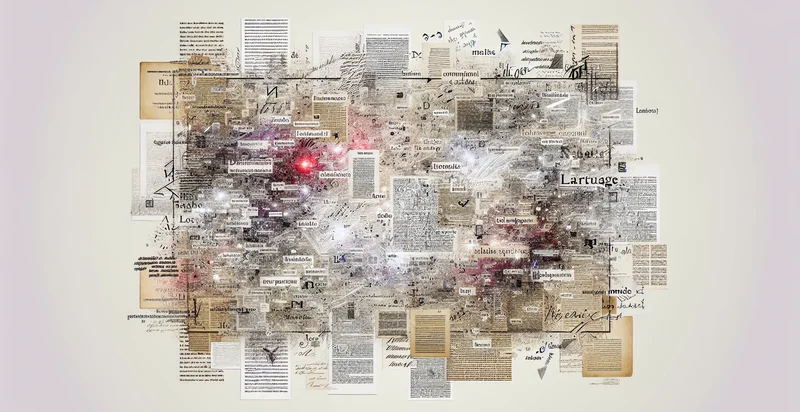Identify language of grant application
using AI
Below is a free classifier to identify language of grant application. Just input your text, and our AI will predict the likelihood of success for each grant application category. - in just seconds.

Contact us for API access
Or, use Nyckel to build highly-accurate custom classifiers in just minutes. No PhD required.
Get started
import nyckel
credentials = nyckel.Credentials("YOUR_CLIENT_ID", "YOUR_CLIENT_SECRET")
nyckel.invoke("language-of-grant-application", "your_text_here", credentials)
fetch('https://www.nyckel.com/v1/functions/language-of-grant-application/invoke', {
method: 'POST',
headers: {
'Authorization': 'Bearer ' + 'YOUR_BEARER_TOKEN',
'Content-Type': 'application/json',
},
body: JSON.stringify(
{"data": "your_text_here"}
)
})
.then(response => response.json())
.then(data => console.log(data));
curl -X POST \
-H "Content-Type: application/json" \
-H "Authorization: Bearer YOUR_BEARER_TOKEN" \
-d '{"data": "your_text_here"}' \
https://www.nyckel.com/v1/functions/language-of-grant-application/invoke
How this classifier works
To start, input the text that you'd like analyzed. Our AI tool will then predict the likelihood of success for each grant application category..
This pretrained text model uses a Nyckel-created dataset and has 41 labels, including Arabic, Bulgarian, Croatian, Czech, Danish, Dutch, English, Estonian, Filipino and Finnish.
We'll also show a confidence score (the higher the number, the more confident the AI model is around the likelihood of success for each grant application category.).
Whether you're just curious or building language of grant application detection into your application, we hope our classifier proves helpful.
Related Classifiers
Need to identify language of grant application at scale?
Get API or Zapier access to this classifier for free. It's perfect for:
- Grant Application Filtering: This function can be used to automatically categorize incoming grant applications based on the language they are written in. This helps organizations streamline the review process by directing applications to the appropriate multilingual reviewers.
- Language-Specific Grants Promotion: Organizations can identify grant applications written in specific languages to promote targeted funding opportunities. This ensures that non-English speakers can access relevant funding information and increases overall participation from diverse communities.
- Compliance with Language Policies: Institutions that have language requirements for grant applications can use this function to ensure compliance. By identifying applications that do not meet language criteria, they can improve operational integrity and adherence to funding guidelines.
- Multilingual Review Teams Management: Grant organizations can optimize the assignment of applications to reviewers fluent in the languages of the submitted documents. This leads to improved evaluation quality and efficiency by leveraging language expertise within review teams.
- Analysis of Language Trends in Grant Applications: By analyzing the language of submitted applications over time, organizations can identify trends in diversity and accessibility. This data can inform future outreach strategies and enhance funding initiatives aimed at underserved populations.
- Targeted Feedback and Support: Organizations can provide multilingual support and feedback to grant applicants based on the identified language of their submissions. This tailored approach helps applicants receive relevant assistance and improves their chances of a successful application.
- Enhanced Data Insights: Combining the language identification function with other data analytics can yield insights into regional or demographic trends in grant applications. This can support strategic planning and program development tailored to specific linguistic communities.


